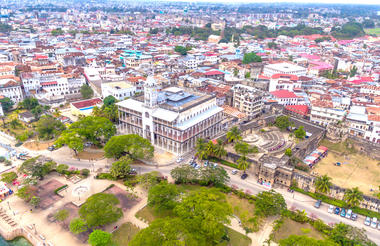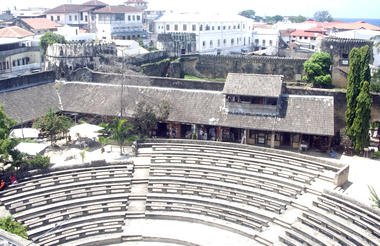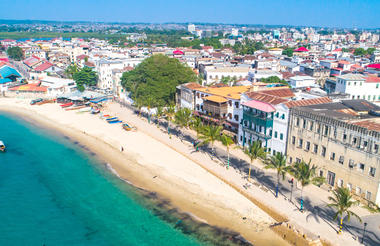Resting at the foot of Mount Meru, the sprawling city of Arusha is known as the safari capital of northern Tanzania. It serves as an excellent base from which to explore the remarkably scenic surrounding area which includes majestic Mount Kilimanjaro, as well as the Manyara, Tarangire and Ngorongoro National Parks. Arusha is a good spot to take a day or two off from the safari circuit as it features a temperate climate and lush surrounds. Visitors can look forward to exploring the wildlife-abundant Serengeti National Park; the magnificent Arusha National Park; and taking on the challenge of climbing Mount Meru, Africa’s fifth highest mountain.
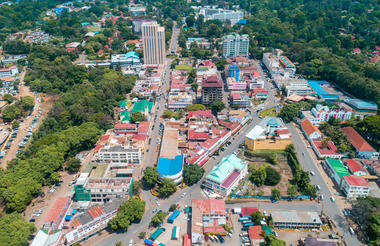
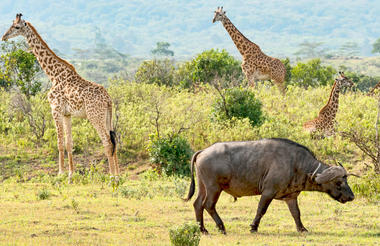
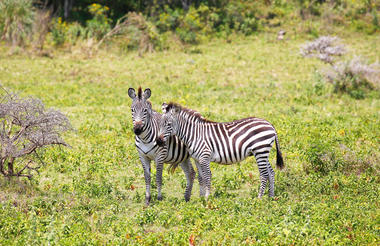
Tarangire National Park, situated within Tanzania’s spectacular Manyara Region, is an awe-inspiring national park comprising of granite ridges, river valleys, mixed vegetative landscapes, and free-roaming wildlife. During the annual dry season, the Tarangire River is a magnet for thirsty wildlife. Large herds of elephants and migratory wildebeest, zebra, buffalo, impala, gazelle, hartebeest and eland gather and not surprisingly the predators follow. With lion being among the most commonly spotted animal, it is a rare day that a visitor does not spot this majestic animal prowling or grazing. Tarangire is also the one place in Tanzania where dry-country antelope such as oryx and gerenuk are seen regularly. This expansive area is also known for its spectacular baobab trees, its breathtaking views of the Masaai Steppe and the wondrous mountains to the south.
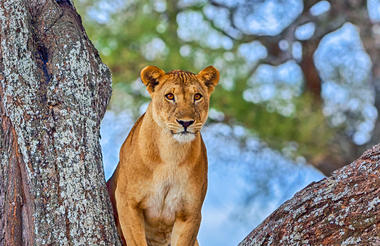
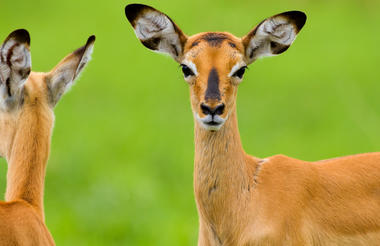
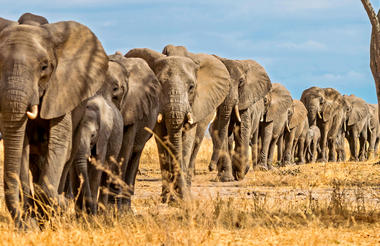
Located between the Central Serengeti and Kenya’s Masai Mara National Reserve to the north, the Northern Serengeti is a remote African wildlife wonderland. The vast, rolling savannah of the Northern Serengeti, is known as the hub of the great migration. The landscape is characterised by vast stretches of savannah interspersed with acacia trees and riverine woodlands. Wildlife can be seen along the banks of the Mara River and visitors can view the annual spectacle of the half a million migrating wildebeest. Commonly spotted wildlife include: a multitude of plains game such as buffalo, zebra, gazelles, impala, giraffe as well as lion and leopard. Visitors can look forward to bird watching, hot air ballooning, game safaris and guided bush walks.
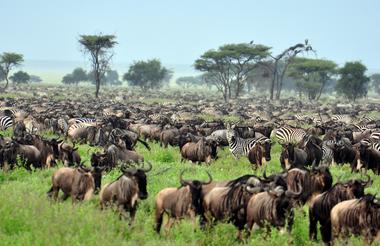
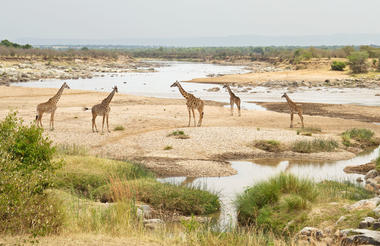

Kigomani lies on Zanzibar's northeastern coast and is known for its endless stretch of powdery white-sand beach, which meets crystal-clear turquoise waters. Visitors can engage in an array of thrilling adventure activities, and enjoy a visit to the local fish market. Other popular activities include snorkeling the offshore coral reef, diving, boating, wildlife watching and island hopping near Mnemba Island. The sunsets here are spectacular - make sure to bring your camera. This destination is generally quiet - the perfect place to escape the crowds - you'll probably see more cows than people.

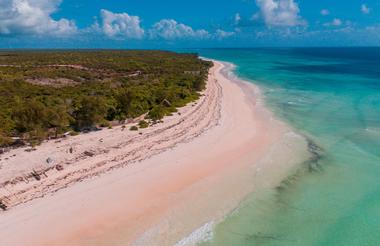
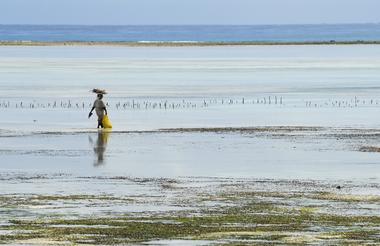
Situated on the western coast of Zanzibar’s Unguja Island, UNESCO-listed Stone Town is the oldest part of Zanzibar City and is the cultural heart of the island. The town’s photogenic winding alleys are fringed by grand historic buildings, bustling bazaars, a glorious sultan’s palace, and the intriguing House of Wonders - named as such for exhibiting running water and electricity as never before in 1883. Stone Town also boasts numerous sacred buildings - over fifty mosques, six Hindu Temples, a Catholic, and an Anglican Cathedral - all of which are beautiful in unique ways. Other highlights include sunset dhow cruises; spice tours to aromatic distilleries; and neighbouring Changuu Island, home to stunning sandy beaches, a historic prison, and dozens of giant, ancient tortoises.
